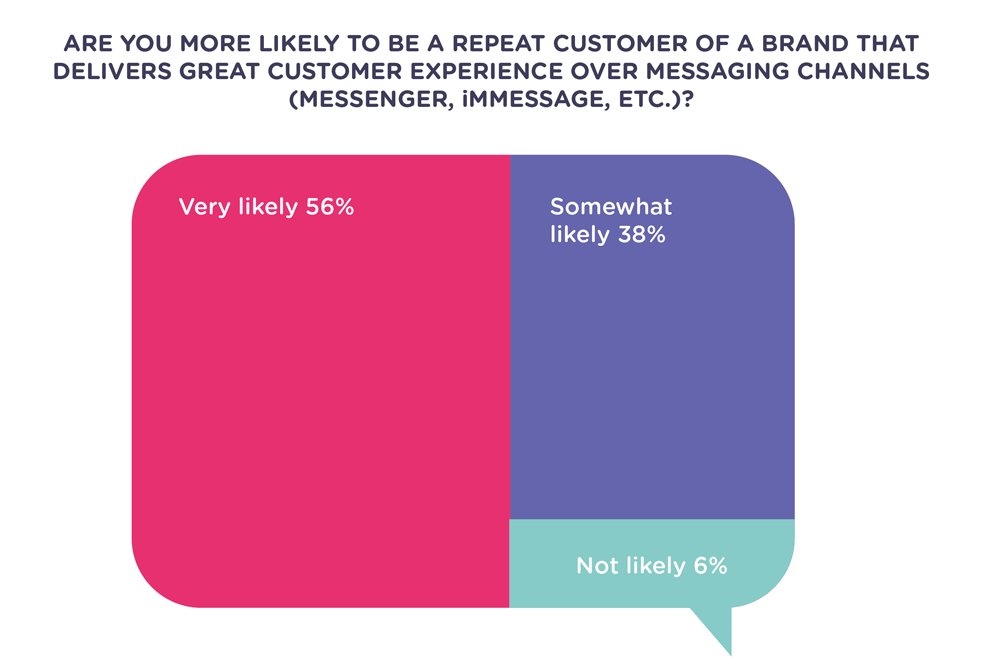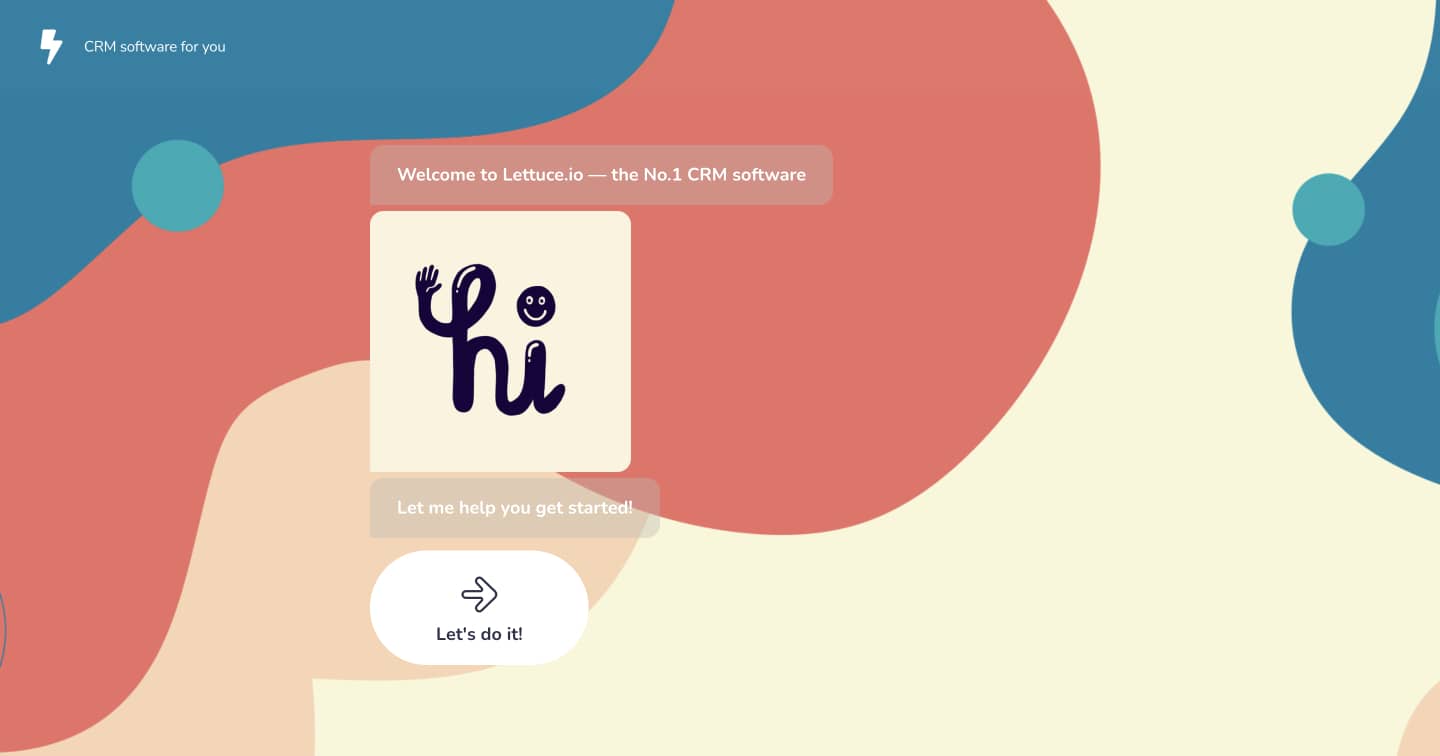The events of 2020 provoked a surge of digitalization across industries, departments, and business types. Conversation automation has taken up a life of its own. Hence, the chatbot industry is booming more than ever. And so, we looked at the latest business and chatbot statistics to give you an overview of the market and insight into the opportunities in 2021.So, let’s get started.
Effect of COVID on Business
COVID 19 pandemic shook the world in its foundation. It’s safe to say things will never be quite the same, in daily life as well as business.
In a crisis, companies of all sizes were forced to adapt to the “new normal”.
SalesForce “State of Service” 2021 edition revealed 50%+ of service professionals claim the pandemic has exposed moderate or great gaps across a variety of factors.

Source: Salesforce State of Service 4th Edition
Unsurprisingly, technology turned out to be the one sector with the greatest room for improvement with 59% of surveyed professionals noting great or moderate shortcomings.
How did this affect the decision-makers?
First of all, there has been an increase in appreciation for the role of data in allocating resources. In fact, 74% of decision-makers claimed they rely more on data today than they did prior to the COVID crisis. But that is just the beginning since only 30% of those decision-makers excel at making data-driven decisions.
Since the pandemic proved to be so efficient in revealing gaps in business workflows, 78% of decision-makers also said they invested in new technologies as a direct result of COVID.

Source: SalesForce State of Service 4th Edition
The pandemic also drew attention to the importance of self-service as being able to obtain quick answers became more important than ever. The data shows customers started to use self-service channels more during the crisis leading to a decrease in case volumes.In fact, 65% of customers said they prefer self-service when it comes to resolving simpler matters.

Source: SalesForce State of Service 4th Edition
While self-service is primarily associated with knowledge base articles and forums, it’s increasingly powered by a more sophisticated tool — chatbots.
The data is self-evident. Over the last couple of years, organizations have increased chatbot adoption. Chatbot usage statistics show a 67% increase between 2018 and 2020:

Source: SalesForce State of Service 4th Edition
Rule-based and AI chatbots had been on the rise before the pandemic.
However, the COVID crisis accelerated the process of chatbot technology adoption by exposing technical and workflow weaknesses across organizations. B2C and B2B companies alike are racing to implement chatbots to improve customer experiences as well as lower customer support costs. In fact, 81% of professionals said the pandemic changed their technology needs and 73% said it affected the way they interact with customers (SalesForce State of Service 4th Edition).
Chatbot Market Statistics
The chatbot industry has been growing steadily even before the pandemic. However, as the stats above imply, the crisis gave the adoption a big boost.In 2020, the chatbot market was valued at $17.17 billion and is projected to reach an incredible $102.29 billion by 2026, registering the compound annual growth rate (CAGR) of 34.75% in the forecast period 2021 - 2026!

Source: MordorIntelligence
While the North America region maintains its lead as the largest chatbot market, Asia-Pacific is proving to be the fastest-growing one.In Asia-Pacific, there are many startups investing in chatbot technologies while small and mid-market companies are quickly adopting the usage of chatbots in their marketing, sales, and customer service processes.

Source: MordorIntelligence
The quick growth in the region can be partly attributed to the rise of smartphone users who a creating a highly promising consumer pool for the bot market - personal assistant especially.The exciting news is that the chatbot market is still very highly competitive. The presence of many small, medium and large players creates a varied landscape that fuels constant innovation in the race to stay ahead.

Source: MordorIntelligence
Benefits of Chatbots
One of the most talked-about advantages of chatbots is their ability to personalize in real-time. After all personalized marketing and customer service do deliver results. There’s no arguing that.
A survey by Accenture revealed a staggering 91% of consumers are more likely to choose brands providing tailored offers and recommendations. And statistics such as these are plentiful. According to a study by Epsilon, 80% of consumers are more likely to shop with that offers personalized experiences.
Respondents (service professionals) in the 4th State of Service survey also agreed that personalized customer support interactions provide:
- Operational benefits like more productive agents and decreased costs
- Improved CX outcomes like more satisfied, engaged, and loyal customers.

Source: Forrester
Furthermore, Forrester found that quality CX has a quantifiable impact on top-line revenue across all industries.
Bots are crucial in making personalization happen by leveraging customer, product, and interaction data in real-time. Many organizations are already realizing significant benefits from chatbot assistants, the most common being wait-time reduction, service cost reduction, customer churn reduction, and NPS improvements.

Source: Capgemini - Smart Talk
Chatbot Adoption Statistics
As bots continue playing an increasingly significant role in CX delivery, adoption accelerates.
Did you know that nearly 40% of internet users worldwide prefer interacting with chatbots to virtual agents? According to Outgrow 2020 survey, consumers actually prefer using chatbots versus a brand’s app.
In 2019, the largest percentage of US consumers engaged with a chatbot with retail (33%) and healthcare (22%), closely followed by utilities, entertainment, and financial services.

Source: Statista
While there is no study confirming it, it’s likely that the events of 2020 shuffled this order giving healthcare and even government more prominent placement.
With the pandemic showing companies their technological and organizational shortcomings, chatbot and AI technology adoption are not likely to slow down. It has become an inseparable part of delivering quality CX.
In fact, the State of CX 2020 report showed that 48% of consumers today feel comfortable with interactions managed by bots. An impressive 71% claimed they would be happy to use a bot if meant improving the CX.
It’s safe to assume the once resonating consumer resistance is melting away.
A fact which is proving to be quite useful for business!
According to MIT Technology Review, CX leaders tend to handle a larger percentage of customer queries using automated channels such as chatbots.

Source: MIT Technology Review 2018
Chatbot adoption can help your business save time and money as well as allocate resources more efficiently.
Salesforce study also shows that chatbot usage and adoption increase among all types of businesses.
While moderate and underperformers are seeing the greatest increase in chatbot adoption - 92% and 96% respectively - high performers still dominate the trend with almost 50% involvement.

Source: Salesforce State of Service 4th Edition
In terms of customer type, B2B businesses are showing the greatest increase in adoption in the past two years. Still, the field is fairly even with B2B2C, B2B, and B2C companies showing a 40% adoption rate.
Messaging Statistics
One cannot talk about chatbots for business and forgo mentioning messaging. After all, these channels are harboring more and more users with every coming year:

Source: Statista 2020
Be it WhatsApp, Facebook Messenger, Telegram, or other messaging apps, more and more consumers are getting used to using these channels to communicate with brands.
Facebook IQ study confirmed this tendency back in 2018 show that consumers expected to be able to contact customer service via messaging channels:

Source: Facebook IQ
As well as use it to make a purchase:

Source: Facebook IQ
This trend didn’t fizzle out in the past two years. On the contrary, it grew stronger.
The State of CX 2020 report found that 56% of consumers used a messaging app (such as Facebook Messenger, Twitter DM, WhatsApp, etc.) to reach customer service or to engage with a brand.
In fact, today, 71% of customers already expect brands to provide customer service and 66% also expect them to offer personalized CX - over messaging channels.
As if that wasn’t quite enough the modern consumer considers brands presence on messaging channels quite crucial to their loyalty.

Source: State of CX 2020
In the State of CX report, an incredible 96% of surveyed consumers said a quality customer experience over a messaging channel was at least somewhat important to brand loyalty.
94% said they are more likely to become a repeated customer if a brand delivered a great customer experience over a messaging channel!

Source: State of CX 2020
Chatbot Challenges
While chatbots offer a wealth of possibilities, as every solution, they need to be done and applied correctly to reach their potential.
Statement to the fact, companies in the Forrester 2019 survey said that the chatbots they have today fall short. For example, some essential capabilities like understanding customer history and providing personalized responses beyond simplistic “FAQs” are not as advanced in their currently implemented solutions as they should be.

Source: Forrester
By going beyond FAQ response automation or deflecting escalations, chatbots have the potential to create compelling customer experiences. However, to do that and take full advantage of personalization potential, brands need to ensure they invest in the right chatbot tools with the functionalities they need.
Chatbot Opportunities
The opportunities brought about by chatbot usage stretch across the entire conversion funnel.
You can maximize that potential by including a wide range of strategies, including:
- Enriching the chatbot experience with videos, images, and other rich UI elements;
- Hone the skills of your employees and providing them with a chatbot tool that’s easy to work with and manage;
- Build chatbot use cases with the customer in mind;
- Creating the right balance between chatbots and human interactions.

Source: Capgemini - Smart Talk
Furthermore, automation can help your team find relief from the increased demands of customer service and harsher competition when facing crises.
Routine tasks can frustrate customers while also suppressing human agent productivity. 77% of support agents said automating routine tasks allows them to focus on more complex work, marking an 8% increase from 2018 when the percentage was 68.

Salesforce State of Service 4th Edition
The opportunity to get ahead makes itself more evident when you realize how few companies are actually taking advantage of automation. Though the ultimate goal is to offer highly personalized, quick, and efficient customer interactions, most companies are not yet there.
As found by Forrester report, only 21% of businesses say customer experiences are highly personalized today.
However, 64% plans to increase personalization through automation in the next 18-24 months. Hence, there is still a window to gain an advantage but it won’t last forever.
Given chatbot advantages, it’s no surprise 89% of businesses consider chatbots very useful or useful when it comes to CX personalization and automation:

Source: Forrester
Conclusion
This is the end of our compilation of chatbot industry statistics for 2021.
While it’s indisputable that our knowledge of chatbots and their efficient usage is still in its infancy, companies are starting to understand and leverage their potential more and more across use cases from marketing to customer churn reduction.
If you want to keep up with the demand for personalization and the need for instant satisfaction from the first touchpoint to the last, start considering adding a chatbot technology to your customer support workflow as well as your Martech stack.






%20(1).jpg)

.jpg)


%2520(1).jpeg)

.jpeg)




.jpeg)






%20(1).png)
.png)
